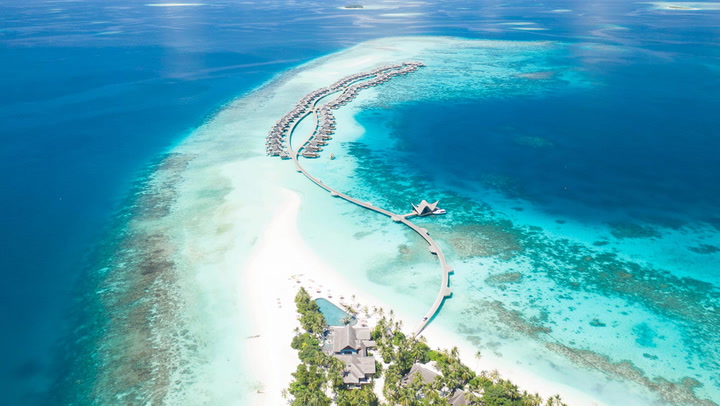The Transformation of the Maldives: A Journey of Hospitality and Sustainability
The beauty of the Maldives comes naturally, enhanced by a hospitality infrastructure that has evolved over the last 50 years. Initially, in the 1970s, the Maldives was a remote, largely uninhabited archipelago. While fishermen lived on the islands, there were no regular flights or investment in the Maldives as a tourist destination. Consequently, the small airstrip on Hulhule Island, which was barely considered a commercial airport, didn’t see much traveler traffic, keeping the Maldives off the map for many.
Current State of the Maldives
Today, the Maldives, comprising nearly 1,200 pristine islands, presents a markedly different narrative. The region’s development and growth have been exponential. Between 2018 and 2021, nearly 50 new resorts have opened or are in various stages of development. This growth rate has become typical, with 11 new resorts debuting in 2016 and approximately 15 new properties following in 2017.

One Island, One Resort Concept
Now, the Maldives is renowned for its one island, one resort philosophy. The numerous picturesque islands enable hotels to cultivate their own private island communities. Kurumba, the first Maldives resort, opened in 1972, when George Corbin met with Ahmed Naseem from the Maldives Embassy. Corbin sought an under-the-radar island escape for his clients, leading to his discovery of the untouched islands of the Maldives in 1971. The following year, they returned with journalists and photographers to showcase the region’s potential.
When Kurumba opened in October 1972, it introduced an extraordinary concept: a Maldivian hotel. The 30-room resort experienced immediate popularity, with solid bookings in its inaugural year. This success laid the groundwork for substantial foreign investment, which has since transformed the tourism infrastructure and significantly improved the country’s economy. Consequently, the Maldives’ population surged from 156,000 residents in the 1980s to approximately 300,000 by 2012. Additionally, Maldivian residents have enjoyed improved incomes, life expectancies, and literacy rates.
Sustainability as a Modern Focus
Now, 50 years after the birth of the Maldives as a tourist destination, the emphasis is on preservation. Over the last five decades, tourist numbers have swelled, leading to the development of overwater bungalows and underwater restaurants, resulting in an influx of divers, snorkelers, and swimmers impacting the ecosystem. Fortunately, today’s hotel developers recognize the importance of preserving the natural beauty that initially attracted tourists. Consequently, these hotels actively work to protect the Maldivian ecosystem.

For instance, Patina Maldives, Fari Islands operates entirely on solar energy, manages zero-waste kitchens, and implements a marine plastic recycling program to combat ocean pollution. Opened in spring 2021, this property showcases the imperative for new resorts to prioritize sustainability. In their first season, they progressed toward their goal of being 50 percent solar powered by 2030. Moreover, JOALI Maldives is working to restore the coral reef through underwater nurseries, engaging guests in ecological initiatives. Additionally, Four Seasons Resorts Maldives runs a rehabilitation clinic for injured Olive Ridley turtles, collaborating with European zoos and researchers through their marine conservation team, Marine Savers.

Conclusion
In just 50 years, the Maldives transitioned from a collection of 1,192 islands with minimal foreign engagement to a tropical paradise renowned for private island resorts. Accordingly, interest in both visiting the Maldives and developing new hotels remains at an all-time high. However, with each trip taken and every hotel established, preserving the pristine beauty that first captivated visitors in the 1970s remains an unwavering priority.





